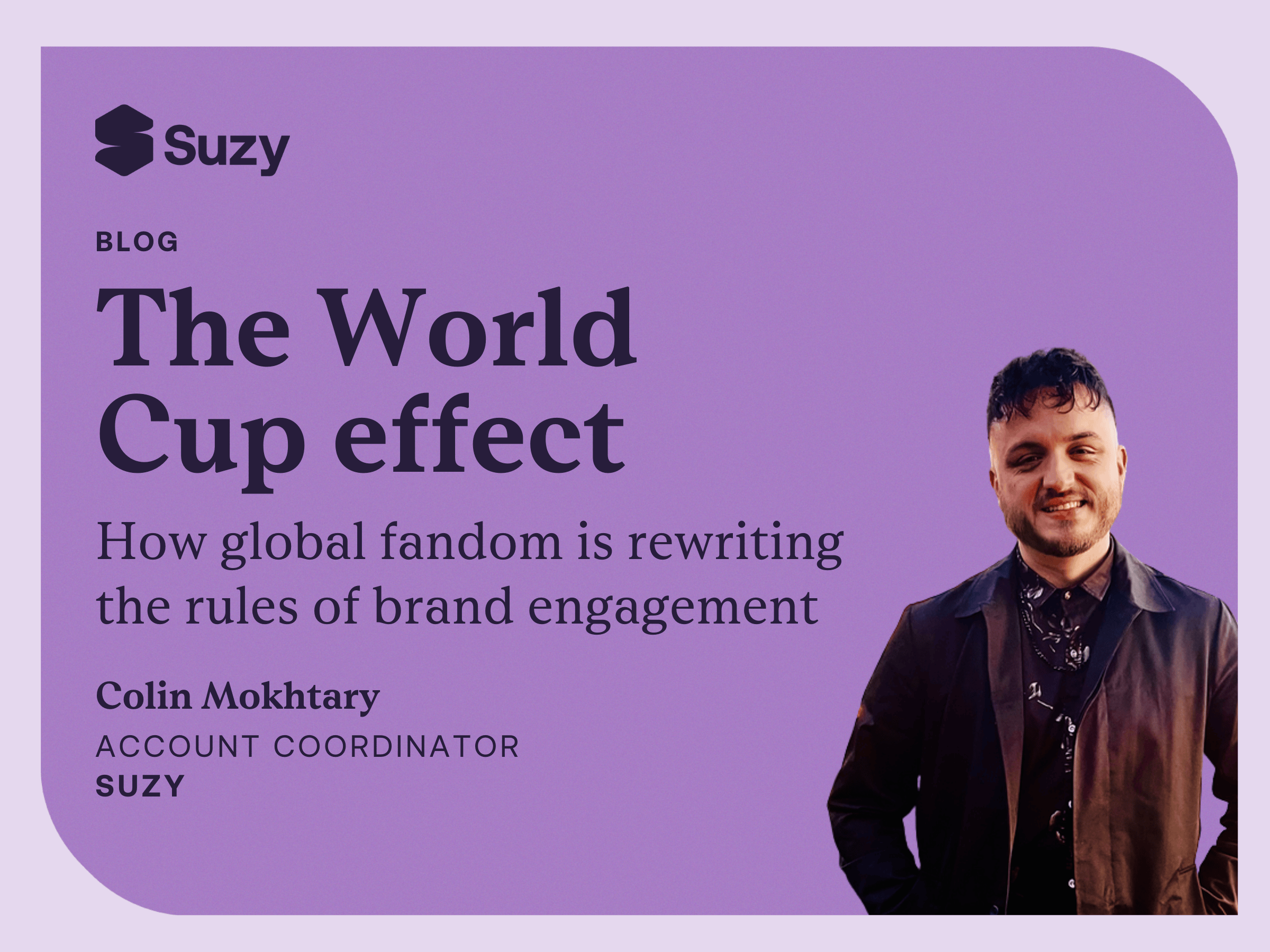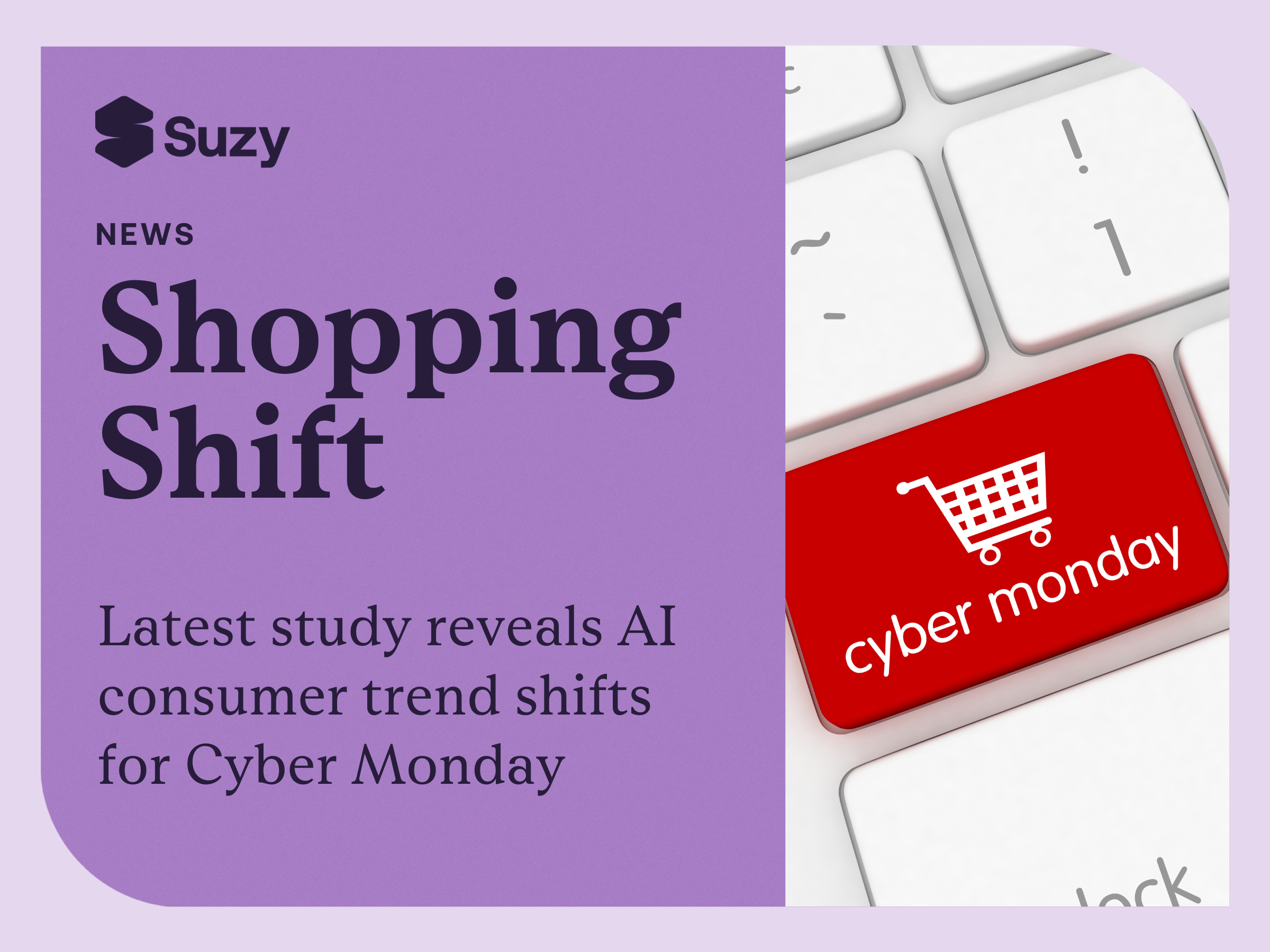In today’s rapidly changing consumer landscape, agile research and frequent iteration are needed to remain on the cutting edge of the market. Remaining constantly in touch with your consumers allows you to keep your finger on the consumer pulse and direct your business accordingly.
Once you have a deep understanding of your target consumers and their behavior, it’s time to apply your research to every facet of your business—from marketing to branding and product and innovation.
At Suzy, we’ve found that a four-step agile research approach provides our clients with everything they need to respond to today’s unique challenges. If you missed our first blog about foundational learning, you can find that here.
Today we’re moving onto the next stage: the Innovation Pipeline.
What is the Innovation Pipeline Stage?
The Innovation Pipeline stage is all about product testing opportunities. It involves continuing to survey target markets, generating and iterating products based on the results, and validating iterations against control and competitive products.
By asking the right questions in consumer surveys, you gain valuable insight into the most important experiences that impact things like brand satisfaction, perception, equity, and usage.
Here you’re looking for a range of behaviors that define category opportunities and your consumers’ unmet needs. Once those are established, you can develop new ideas and start using quantitative research or focus groups to dive deeper into the importance of specific consumer behaviors.
"There are changes in consumerism that are happening at such a rapid and fast pace that a lot of times we're trying to keep up. That's why a platform like Suzy is so important to a team like mine. Having that real-time information and being able to report it back from the time a question arises to ‘We can respond with this resolution.’ Many of that in real-time is a game-changer for our team,” says Patrick Egan, Director of Strategy, Insights, and Analytics at Ste. Michelle Wine Estates.
How to Get the Product Innovation Process Right
The real iterating begins when you use surveys to screen which of your early-stage product ideas and product features have the most market potential.
Use product mockups to conduct product testing on the packaging, messaging, logos, website design, digital marketing, creative ad concepts, pricing, branding, new product prototypes, and more. This allows you to base future iterations on methodical research and real feedback.
Continue iterating until you’re outperforming benchmarks, then you’ve hit the sweet spot. You’ll know you’re there when your consumers and/or your competitive brand users indicate your idea is more relevant than whatever benchmarks you have in place.
"I have to say the biggest surprises for me on Suzy are the most fundamental questions. Because every time I come back with, ‘Huh.’ And then the follow-up on that is, do we want to support that behavior? Is there another product that could better support that behavior? Or is it good that our product can be utilized in multiple ways? So, there are some line extensions that would come out just because of that fundamental learning.” says Lisa Saxon Reed, Global Director of Sensory at Mars Wrigley Confectionery.
This entire process not only helps your team create products and marketing campaigns consumers will love, but it helps you avoid costly mistakes. Putting effort and funding into ideas that don’t bring in a significant return can be catastrophic. Using idea screening and ideal validation during the innovation stage allows you to go to market with confidence.
Innovation Pipeline in Action
Generating innovative, successful products is a straightforward and repeatable process for our customers. Containing the entire process to one platform with a built-in audience of their consumers—meaning they no longer have to get a consumer sample every time they run research—enables them to cut out middlemen, saving them time and money.
For example, that same pet food manufacturer that used Suzy to understand consumer behavior also used the platform to run packaging, concept, competitive, and messaging tests on their products. They took the results from those consumer surveys to tweak their product based on what they learned about the needs and desires of their target market.
In this case, the pet food company learned that consumers were looking for specific ingredients in the pet food. The brand took that consumer feedback and mocked up concepts with those ingredients placed prominently on the packaging and created marketing campaign ads with those ingredients highlighted.
By following the Innovation Pipeline framework, the brand was able to uncover exactly what consumers wanted, ask them why they felt that way, and determine which ideas were the most compelling in their category.
.webp)







